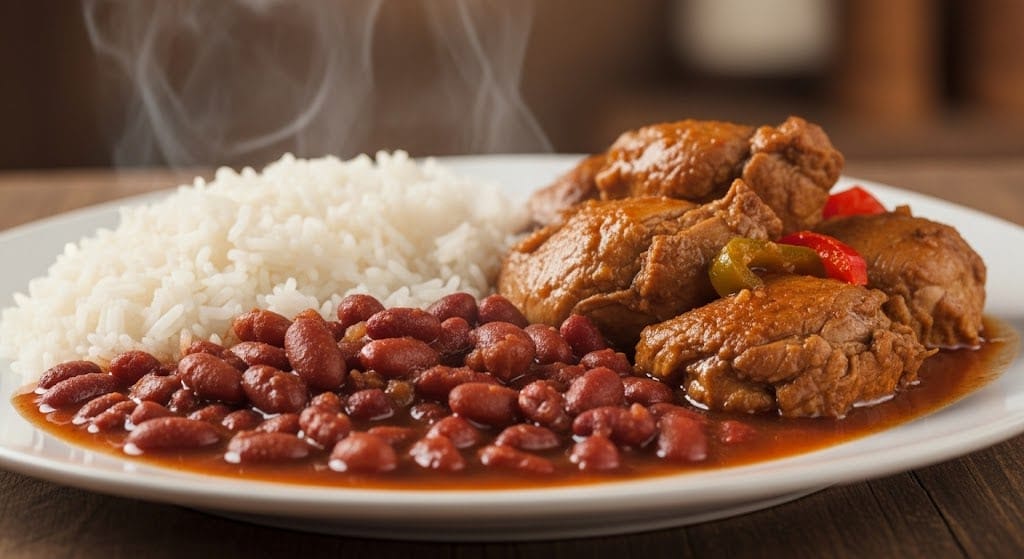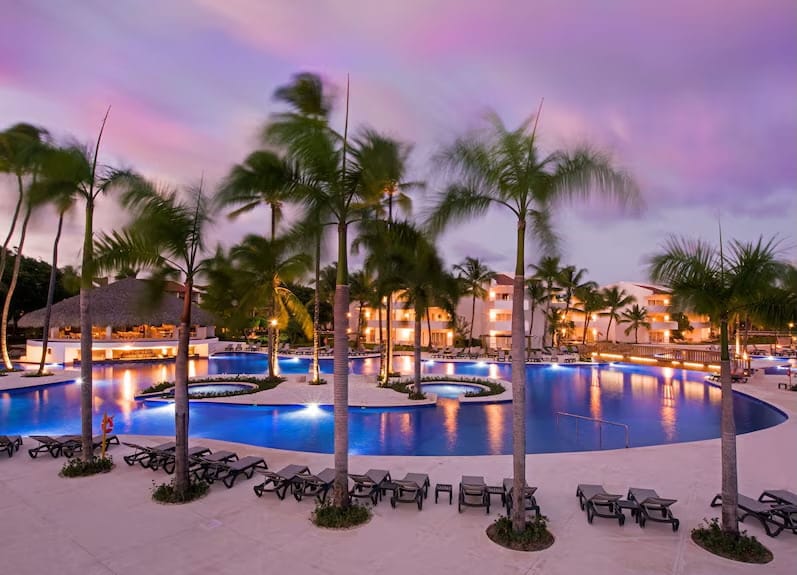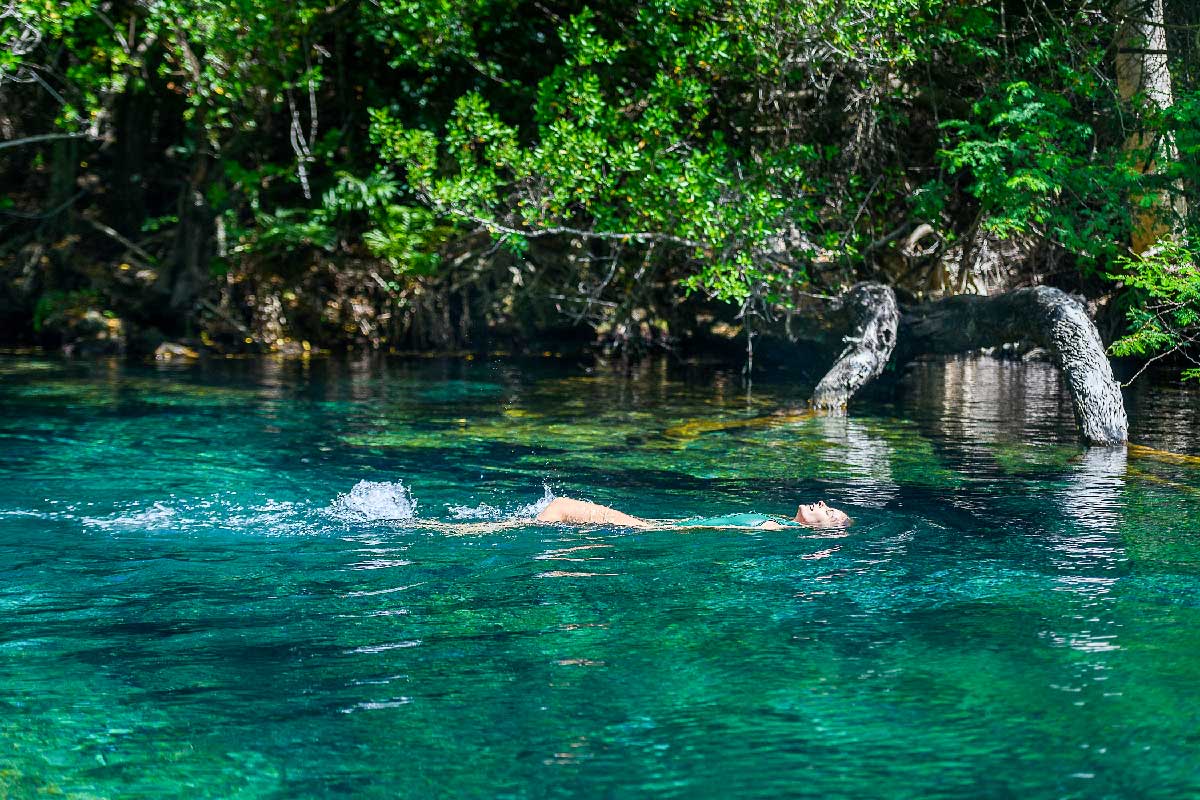The Ultimate 7-Day Dominican Republic Travel Guide: Beyond the All-Inclusive Bubble

Picture this: you're standing on powder-soft sand, the Atlantic meeting the Caribbean in shades of turquoise you didn't know existed. Colonial cobblestones echo with 500 years of history just hours away. And somewhere between January and March, thousands of humpback whales are putting on nature's greatest show just off the coast. Welcome to the Dominican Republic, where your biggest challenge isn't finding something to do—it's choosing what to skip.

After spending considerable time exploring this Caribbean gem, I've discovered that while the all-inclusive resorts get all the press, the real magic happens when you venture beyond the poolside bar. This guide takes you through a week that balances beach bliss with authentic experiences, from Santo Domingo's time-worn streets to Samaná's whale-filled waters.
Why Dominican Republic, Why Now?
The DR has quietly become the Caribbean's most visited destination, and once you're there, you understand why. It's not just the beaches (though Punta Cana's stretches of sand genuinely look like someone cranked up the saturation in Photoshop). It's the combination of accessibility, affordability, and sheer variety that sets this place apart.
Punta Cana International Airport handles flights from all over the world, including robust airlift from the United States, making it surprisingly easy to reach. And unlike some Caribbean islands that empty your wallet before you've even checked in, the Dominican Republic offers everything from budget-friendly guesthouses to ultra-luxury resorts without the eye-watering price tags.
Days 1-2: Santo Domingo's Living History
Forget what you've heard about Santo Domingo being just another chaotic Latin American capital. Yes, it's loud and sprawling, but tucked within its modern chaos lies the Zona Colonial—the oldest continuously inhabited European settlement in the Americas.

Walking these streets feels like time travel. The Colonial Zone is a treasure trove of Spanish Colonial architecture, with many 16th century palaces today housing museums, stunning restaurants, private homes and government offices. Start at Parque Colón, where the cathedral looms over sidewalk cafes filled with locals, expats, and tourists sharing benches under the shade.
The must-sees cluster within walking distance: Alcázar de Colón (Diego Columbus's palace), the Fortaleza Ozama overlooking the river, and Calle Las Damas—the New World's first paved street. But here's the thing about the Colonial Zone: it's not a museum piece. Today, the Colonial Zone is the most important tourist attraction in Santo Domingo, however, it is not touristy. Locals grab coffee at corner shops, kids play in the plazas, and life continues as it has for centuries.
Pro tip: Skip the tourist restaurants on Calle El Conde's main drag. Instead, duck into the side streets where family-run spots serve proper Dominican lunches. Speaking of which...
The Food You Can't Miss
Dominican cuisine tells the country's entire history on a plate. The fusion of Taino, European and African influences creates dishes where tubers and tropical fruits of the Taino people meet the beef, pork, oregano and saffron brought on Spanish ships in the 15th century.
Start with La Bandera Dominicana—literally "the Dominican Flag." This daily staple combines white rice, red beans, and stewed meat in a way that sounds simple but tastes like comfort itself. The name comes from its resemblance to the flag's colors, though you'll need some imagination to see the blue in the meat.

Then there's sancocho, the ultimate celebration stew. Made with a variety of meats, vegetables, and spices, sancocho is typically served at special occasions and family gatherings, and there's a popular belief that it's the best remedy for a hangover. The seven-meat version is legendary, though even the standard three-meat version will leave you happily defeated.

Days 3-5: Punta Cana's Beach Paradise
After Santo Domingo's intensity, Punta Cana feels like switching your brain to vacation mode. This is where those Instagram-perfect beach shots come from, and honestly, they barely do it justice.

Boasting approximately 50,000 hotel rooms at affordable rates, Punta Cana beckons to jet-setters, especially the budget-minded kind. The all-inclusive model dominates here, and for good reason—it works. You can find everything from adults-only sophistication at Sanctuary Cap Cana to family chaos at the Nickelodeon Resort.
But here's what most visitors miss: the adventures beyond the resort gates. Book a catamaran to Saona Island, where white sand beaches, bright-turquoise shallow water, coral reefs and dolphins make it the #1 boat-trip destination in the Dominican Republic. The journey includes a stop at a natural pool in the middle of the ocean where you'll stand waist-deep in crystal-clear water, possibly spotting starfish beneath your feet.
The buggy adventures through rural countryside offer another perspective entirely. You'll tear through jungle paths, visit local farms, and cool off in cenotes that feel like nature's own swimming pools. It's touristy, sure, but also genuinely fun in a way that makes you forget to be cynical.
Choosing Your Resort
The resort game in Punta Cana is strong, but picking the right one matters. For couples seeking romance and luxury, Excellence Punta Cana and its adults-only policy create the perfect escape. Families gravitate toward properties like Hard Rock Hotel, where the water park is awesome and the kids club is excellent.
Budget travelers shouldn't feel left out either. Properties like Occidental Punta Cana deliver the all-inclusive experience without requiring a second mortgage. Just remember: in the all-inclusive world, you generally get what you pay for. The $150-per-night resort won't match the $400 property's restaurants or premium liquor selection, but the beach? That's equally spectacular from anywhere.

Days 6-7: Samaná's Natural Wonders
If you're visiting between January and March, Samaná isn't optional—it's essential. Between mid-December and late March, thousands of humpback whales gather in the warm waters off the coast to mate, give birth, and nurse their young. This isn't some "maybe you'll see a fin in the distance" situation. We're talking about 40-ton acrobats launching themselves skyward and crashing back with a splash you can hear from miles away.

Even outside whale season, Samaná rewards the journey. El Limón waterfall drops 130 feet into a swimming hole that looks edited but isn't. The trek there, whether on horseback or foot, winds through coffee and cocoa plantations that remind you the DR produces more than just beach memories.
Las Terrenas, on the peninsula's north coast, feels like Punta Cana's cooler, less commercial cousin. French and Italian expats have created a European-Caribbean fusion that shows in everything from the restaurant menus to the laid-back beach vibe.
The Practical Stuff That Actually Matters
When to Go
December to February is the best time to visit Punta Cana. Moreover, in February you can watch whales in Samana Peninsula and Carnival celebrations. This is peak season for good reason—perfect weather, whale watching, and every tour running at full capacity. But it's also when prices spike and beaches get crowded.
May through November offers better deals and fewer crowds, though you're gambling with hurricane season from June through November. That said, modern weather tracking means surprises are rare, and many visitors score perfect weather at half the price.
Getting Around
Transportation in the DR requires strategy. Typically, the price of all-inclusive hotels is quite high. Moreover, choosing a hotel, the guest for a number of reasons, prefers to spend all the time in the hotel and not go outside to explore the Dominican culture. Don't fall into this trap.
From Punta Cana to Santo Domingo takes about 3 hours by car or bus. Uber works in major cities but not for airport pickups at Punta Cana. Private transfers cost more but save hassle—expect $150-200 USD for inter-city trips. Rental cars give you freedom but remember: Dominican driving is an adventure sport.
Money Matters
The Dominican peso fluctuates around 59-60 to the US dollar, but dollars are accepted everywhere tourists go. All-inclusive resorts technically cover everything, but bring cash for tips (10-15% is standard), excursions, and those inevitable souvenir negotiations.
Credit cards work at resorts and tourist restaurants, but street food, local transport, and small shops remain cash-only. ATMs are plentiful in tourist areas—just notify your bank before traveling to avoid card blocks.
The Food Scene Beyond Resort Buffets
Let's talk about what you're missing if you only eat at your resort. Mofongo, that glorious mound of mashed plantains with garlic and pork cracklings, deserves its own paragraph. This traditional delicacy is made by mashing fried plantain, garlic and pork rind in a mortar, forming a dough that is then shaped into small balls, like ice cream, and served in a bowl.

Street food tells another story. Empanadas stuffed with cheese or meat cost less than a dollar. Yaroa—imagine loaded fries but with mashed plantains instead—shouldn't work but absolutely does. And those roadside frituras (fried everything) stands? That's where locals eat, and where flavors get real.
For drinks, you can't leave without trying mamajuana, the Dominican Republic's answer to... well, nothing really compares. It's bark, herbs, honey, rum, and red wine aged together into something that locals swear cures everything from colds to heartbreak. Results not guaranteed, but the trying is half the fun.
Beyond the Beach: Adventures Worth Having
The Dominican Republic rewards the curious. Indigenous Eyes Ecological Park near Punta Cana features 12 freshwater lagoons tucked into jungle paths—like cenotes but without the crowds. Hoyo Azul, a turquoise sinkhole at the base of a cliff, looks too blue to be real but somehow is.

For adrenaline seekers, the zip lines at Scape Park send you flying over jungle canopy at speeds that make photography impossible but memories guaranteed. The caves below, where Taino Indians once held ceremonies, now host swimming holes that feel sacred even with tour groups splashing through.
The Souvenirs That Actually Matter
Skip the mass-produced magnets. Larimar, that sky-blue stone found only in the Dominican Republic, makes for jewelry that actually means something. Local coffee, especially from the mountain regions, travels well and tastes like your vacation morning ritual.
Dominican rum deserves suitcase space. Brugal and Barceló aren't just cheap vacation booze—they're legitimate spirits that hold their own against any Caribbean rum. The aged versions especially surprise people who think they don't like rum.
Art from local galleries in the Colonial Zone captures the island's color and energy better than any photo. And those hand-rolled cigars? Even non-smokers appreciate them as gifts for the aficionados back home.
The Reality Check
The Dominican Republic isn't perfect. Poverty is visible once you leave the resort bubble. Vendors can be persistent. The infrastructure occasionally reminds you this is still a developing nation. Some beaches have seaweed problems depending on currents and season.
But here's what those warnings miss: Dominicans are genuinely warm people who take pride in their country. The music is everywhere—not just in tourist shows but spilling from corner stores and taxi radios. The natural beauty extends far beyond the beaches. And the sense that you're somewhere with real culture, real history, and real life happening beyond the resort gates? That's worth every minor inconvenience.
Making It Happen
A week in the Dominican Republic can cost anywhere from $1,500 for budget travelers to $5,000+ for luxury seekers, per person. All-inclusive packages including flights often provide the best value, especially if booked 3-6 months in advance.
The e-ticket requirement is real—every visitor must complete it online within 72 hours of arrival and departure. It's free, takes five minutes, and saves airport hassle.
Travel insurance matters here more than some destinations. Medical facilities in tourist areas are good but expensive. That adventure excursion through the jungle? Your regular health insurance probably doesn't cover it.
The Bottom Line
Seven days in the Dominican Republic reveals a country that delivers exactly what you'd expect—perfect beaches, tropical drinks, warm weather—plus layers you didn't see coming. The history runs deeper than most Caribbean islands. The food tells stories of convergent cultures. The natural beauty extends from ocean floor to mountain peak.
Whether you're the type who never leaves the resort pool or the one organizing sunrise hikes to hidden waterfalls, the DR accommodates. It's big enough, diverse enough, and welcoming enough to be whatever vacation you need.
